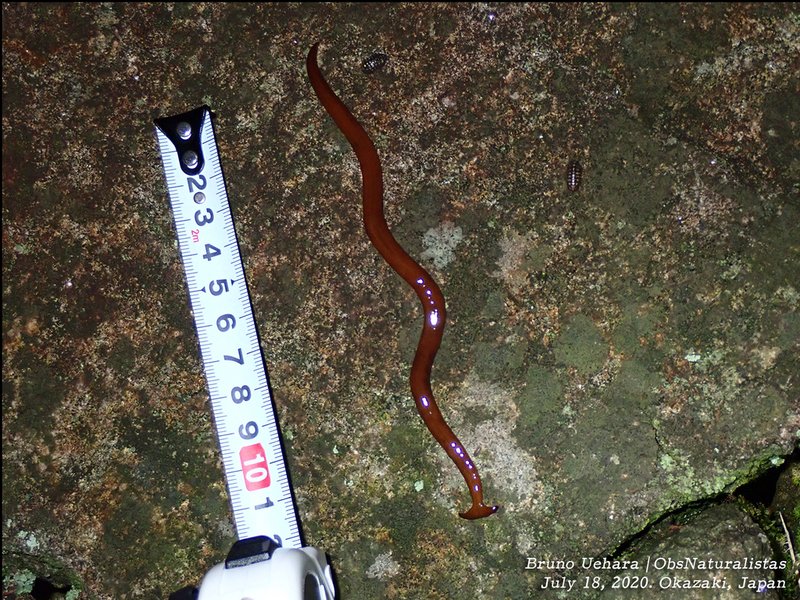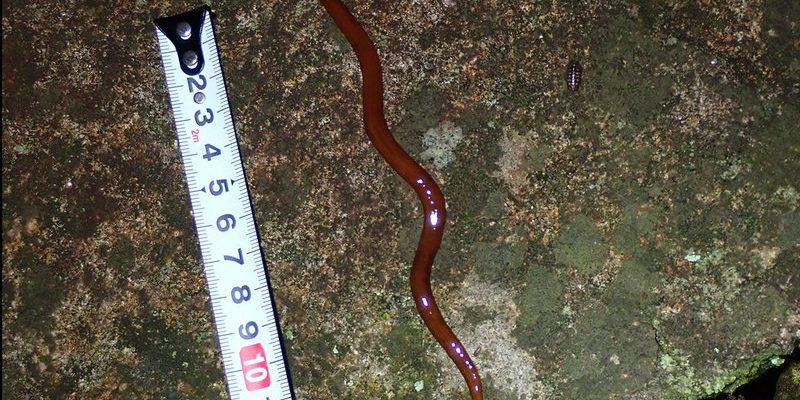
Imagine stepping into a tropical rainforest. The air is heavy with humidity, and the ground is soft and damp. This lush environment is precisely what hammerhead worms love. Their activity and movement are closely tied to moisture levels, which play a crucial role in their life cycle. If you want to keep your garden healthy and understand the creatures that inhabit it, knowing how moisture impacts these worms is essential. So, grab a cup of coffee, and let’s explore this topic together!
What Are Hammerhead Worms?
Before we get into the nitty-gritty of moisture conditions, it’s helpful to know what hammerhead worms really are. These creatures, scientifically known as *Bipalium kewense*, are part of the flatworm family. They are native to Southeast Asia but have made their way to other parts of the world, including the U.S. and Europe.
You might be wondering what makes these worms so interesting. Their most distinctive feature is their flattened, hammer-shaped head, which gives them their name. They can vary in color, from brown to grayish, often sporting darker stripes along their bodies. Some even reach up to 12 inches long! While they mainly feed on earthworms and other small invertebrates, they can become quite a nuisance in gardens.
Why Moisture Matters for Hammerhead Worms
Moisture is like a lighthouse guiding hammerhead worms out of hiding. These worms thrive in damp environments; in fact, too much dryness can make them retreat and become inactive. Think of it as a dance; when the soil is moist, they waltz around freely in search of food and mates. But when the soil dries out, their movements slow significantly.
Hammerhead worms utilize moisture to maintain their bodily functions. They have a thin skin that requires moisture to prevent dehydration. This means if you’re in a dry spell, it’s a signal for them to hunker down. They will hide under leaves or burrow deeper into the soil until conditions improve. So, the moisture in your garden directly influences their behavior.
Ideal Moisture Conditions for Active Hammerhead Worms
So, what exactly are the ideal conditions for hammerhead worms? Here’s a quick breakdown:
- High Humidity: Moisture levels above 60% are optimal.
- Consistently Damp Soil: The soil should be moist but not waterlogged.
- Warm Temperatures: They thrive in temperatures between 68°F and 86°F (20°C to 30°C).
When all these factors align, you’ve got a recipe for an active hammerhead worm population. Warm, damp environments encourage them to venture out for food and reproduction. It’s a simple yet effective equation: more moisture equals more activity.
Seasonal Impact on Moisture Levels
You might notice that hammerhead worm activity varies with the seasons. In spring and summer, when rains are frequent and the temperatures rise, these worms are usually more active. Conversely, in fall and winter, they tend to burrow down and remain dormant as conditions become less favorable.
During the rainy season, you might see them slithering across your garden or even on sidewalks after a downpour. This surge in activity isn’t just a coincidence. Heavy rains saturate the soil, creating a perfect habitat. In contrast, a prolonged dry season will force them deeper into the ground as they seek shelter from the heat.
Moisture Sources That Attract Hammerhead Worms
Let’s talk about the specific sources of moisture that can attract hammerhead worms to your garden. Here are a few:
- Natural Rainfall: Regular rain provides a direct water source.
- Irrigation Systems: Overhead irrigation can create damp conditions.
- Mulch and Compost: These materials retain moisture, making the soil more hospitable.
If you have a well-watered garden with plenty of organic matter, you might find these worms enjoying the cozy environment. While they’re not necessarily bad for your garden, keeping their presence in check is helpful if you notice a significant increase.
How to Manage Moisture Levels in Your Garden
Now that you understand the conditions hammerhead worms favor, you might wonder how to manage moisture levels in your garden. Here are some effective strategies:
1. **Use a Moisture Meter:** This handy tool helps you monitor soil moisture levels, making it easier to avoid overwatering.
2. **Adjust Watering Practices:** Try to water your garden early in the morning or late in the evening to minimize evaporation.
3. **Add Organic Matter:** Incorporating compost, mulch, or peat moss can help retain moisture while improving soil health.
By managing these conditions, you can create a thriving garden while keeping hammerhead worm populations in check. Remember, your garden ecosystem is delicate, and keeping moisture levels balanced is key.
The Bottom Line
Understanding the moisture conditions that favor hammerhead worm activity is a valuable insight for any gardener. These unique creatures thrive in damp, warm environments, and monitoring your garden’s moisture levels can help you control their activity. Whether you find them fascinating or slightly bothersome, knowledge is power.
So, next time you’re out watering your plants or noticing changes in your garden, think about how moisture plays a role in everything, including these quirky little worms. Embrace the balance between nature and your garden, and happy gardening!

